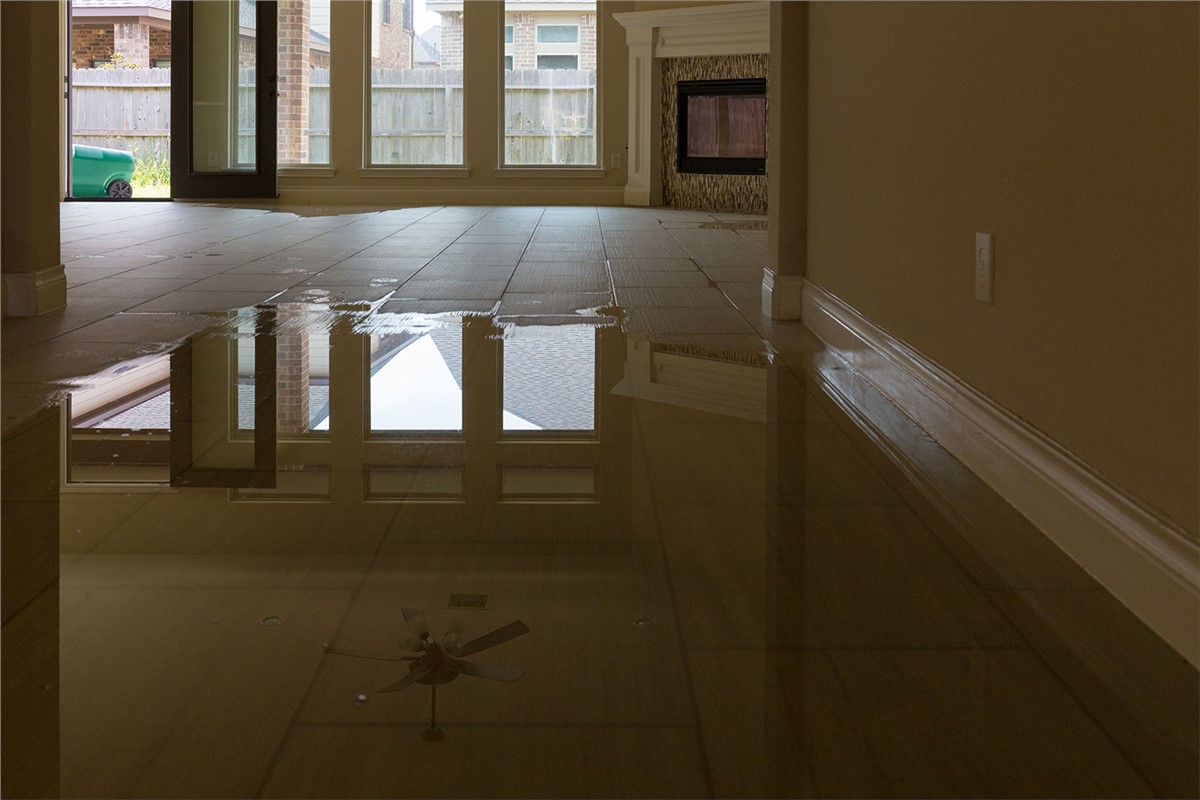Water damage restoration is a process that involves cleaning, repairing, and restoring a property that has suffered water damage. This damage can result from various sources, including floods, burst pipes, leaking roofs, or plumbing issues. The goal of water damage restoration is to mitigate the damage, prevent further issues, and restore the affected property to its pre-damaged condition. Here are the key steps involved in Water Damage Restoration in Tampa FL:
- Assessment and Inspection:
- The first step is a thorough assessment of the extent of the water damage. Restoration professionals inspect the affected areas, identify the source of the water, and assess the type and level of contamination.
- Water Extraction:
- The removal of standing water is a critical step in the restoration process. Powerful pumps and vacuums are used to extract water from the property, including carpets, flooring, and affected structures.
- Drying and Dehumidification:
- Once standing water is removed, the drying process begins. Industrial-grade dehumidifiers and high-powered drying equipment are used to remove moisture from the air and surfaces, preventing the growth of mold and other contaminants.
- Cleaning and Sanitization:
- Affected surfaces, belongings, and structures are cleaned and sanitized. This step helps eliminate bacteria, fungi, and other microorganisms that may have developed due to water damage.
- Mold Remediation:
- If mold is present, mold remediation becomes a crucial part of the restoration process. This involves identifying and removing mold-contaminated materials and applying treatments to prevent further growth.
- Structural Repairs:
- Damaged structural components, such as walls, floors, and ceilings, are repaired or replaced as needed. This step aims to restore the property to its pre-damaged structural integrity.
- Content Restoration:
- Personal belongings affected by water damage are carefully cleaned, dried, and restored. This may involve furniture, electronics, documents, and other items.
- Monitoring and Documentation:
- Throughout the restoration process, professionals monitor the drying progress and document the restoration steps. This documentation is often needed for insurance claims.
- Coordination with Insurance:
- Restoration companies often work closely with insurance companies to facilitate the claims process. They provide detailed documentation and information to support insurance claims for water damage.
- Preventive Measures:
- Restoration professionals may recommend and implement preventive measures to avoid future water damage, such as improving drainage, sealing leaks, or installing moisture barriers.
- Final Inspection:
- After the restoration is complete, a final inspection is conducted to ensure that all the necessary steps have been taken, and the property is safe and free from water damage.
Water damage restoration is a complex process that requires expertise and specialized equipment. It’s crucial to hire certified and experienced restoration professionals to handle water damage and ensure a thorough and effective restoration process. If you experience water damage, it’s advisable to contact a reputable restoration company promptly to minimize the impact on your property.
